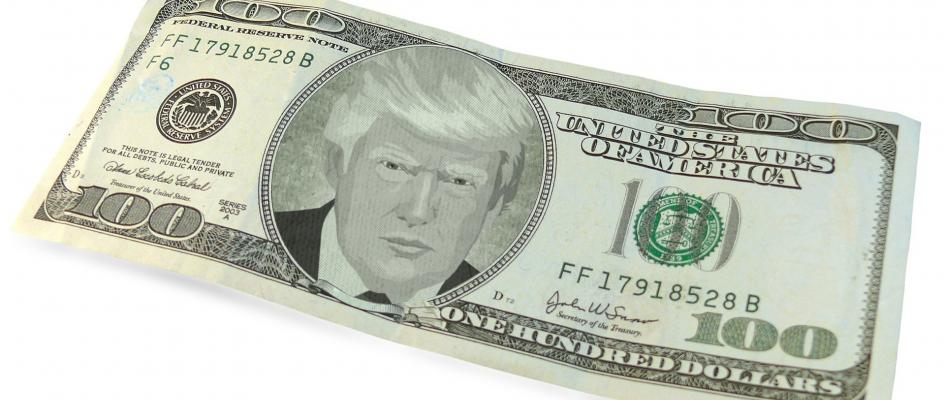Ever since Donald Trump won the US Presidential Election earlier this week there has been a hefty barrage of column inches dedicated to the global impact of the 'decision of the American people'.
There has been a focus on what the return of Trump means for the Ukraine conflict, support for Israel in the Middle East, NATO, climate change legislation and the ‘special relationship’ between the US and a new UK government whose leading members have been less than complimentary about Trump’s character in recent years.
The impact on the US and global economy has also been in the spotlight given Trump’s assertion that tariffs – essentially taxes levied on imported goods – are the greatest thing ever invented. Yes, even better than golf, the colour orange and McDonald’s - some of Trump’s other favourite things.
The numbers look ominous – an across-the-board tariff of 20 per cent but 60 per cent for Chinese imports and even 200 per cent potentially for Mexican cars.
The idea is to protect US businesses from overseas competition and drive demand for ‘Made in America’ goods.
For a UK business used to exporting their widgets, food, drink or clothes into the US the prospect of higher tariffs is troubling.
But at least one person believes there is a potential solution. According to recent comments from Eric White of Herbert Smith Freehills the ‘threat of tariffs will create an incentive for European corporates to look at US targets as a way of ensuring that products for the US market are made domestically’.
The trend is already clear with figures from Dealspeak EMEA showing that European outbound M&A into the US in 2024 has seen 492 deals worth around $91 billion being completed. That is up 10 per cent on last year in terms of volume.
Data from HSBC has also shown that UK firms buying US businesses, or creating new subsidiaries, soared 45 per cent in the first half of 2024.
Of course, there may also be deal flow in the opposite direction given a stronger dollar to the pound and a sense amongst Americans that its post-economic recovery has been stronger than that experienced in the UK and elsewhere in Europe.
So, if you are a mid-sized firm, it may be a good time to think about the basics of Overseas M&A.
Do the math – Why do you want to make this move? What will the benefits be to your business? Do a thorough cost-analysis. Instead of buying a business perhaps setting up a subsidiary in the country may be a better start to gauge interest for your goods or setting up an e-commerce channel in the country concerned?
Do your research – Is there a market for your business goods or services in the target country? If you are producing new-fangled golf balls, for example, is there an existing demand in the shape of golf clubs and players in the marketplace? What level of competition is there in the market? How are other companies in the sector performing – are sales strong or volatile? Will your product be simply replicating what is already available or is there a niche you can take advantage of? You should also look at regulations such as employment or governance laws, taxation, licensing and certification requirements to find out which state or region may be more business friendly.
Talk to locals – Use existing contacts if you already trade to the country in question. What do local business consultants, distributors or agents think about the market opportunity? Could they even suggest potential targets – perhaps any owners looking to exit or distressed businesses which need new ownership?
Identify Targets – Who are you going to buy? Again, use your contacts but also local press and online marketplaces as well as local brokers.
Visit the business and location in person- Get on a plane or train and check things like location, footfall, staff, facilities, building and equipment.
Get Legal and Financial Advice – Once you’ve identified a potential target or targets then as you would do at home you need to carry out your due diligence. Do this through a local adviser, solicitor and accountant. This is both from a financial and legal perspective but also take a good look at the manufacturing and distribution capabilities of the business. How strong is the supply chain and suppliers? What technology does the company have – will it be a costly exercise to lead a tech or digital transformation? What about the culture of the business and the employees – is it a good fit? What are the growth prospects?
Financing the Acquisition – This, as with a domestic purchase, can come from existing capital resources, previous financing partners or a loan from a bank or other lender in your new location. Again, take as much financial advice as you can.
Read more about how to buy a business abroad 

